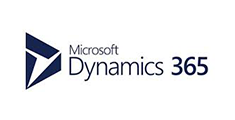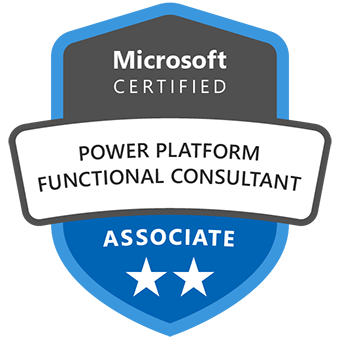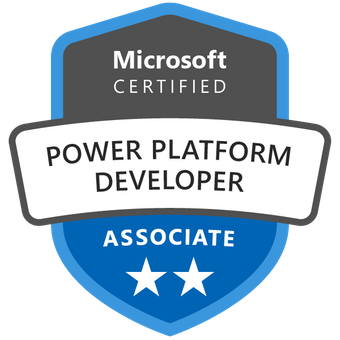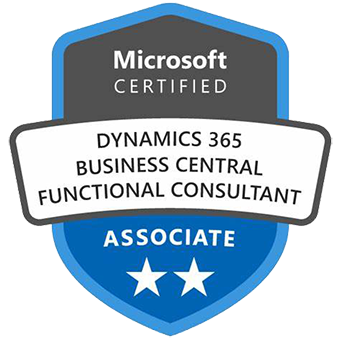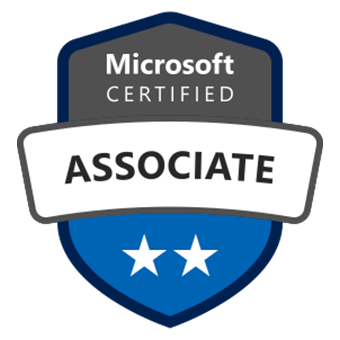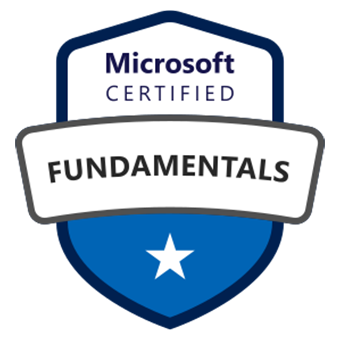Introducing Power Pages!
WebSiteAdmin, August 20, 20221937 Views
Microsoft Power Pages is a part of the Microsoft Power Platform family. It is an evolution of Power Apps portals. The new features included are the new design studio.
The templates are in preview for users to try and provide feedback. We can expect general availability of the Power Pages by next year.
We can build sites in Power Pages using Microsoft Dataverse.
Power Pages is built on the foundation of PowerApps Portal with a new low-code maker experience and out-of-the box templates to design modern business sites.
We can quickly create new sites directly from the Power Pages home page by using the default template, or choose existing starter templates.
To create Power Pages, Navigate to https://make.powerpages.microsoft.com/
From the above link, you will be able to sign up for a 30 days trial.
To speed up the process when you create a site with a new trial environment, the site metadata for all the templates will be preloaded and appear as website records in the Portal Management app.
The design studio has four workspaces:
- Pages workspace enables you to design and build webpages with in-context editing and add content with no-code and low-code widgets such as text, image, video, Power BI reports, lists, forms, and others.

- Styling workspace lets you apply global site styles.

- Data workspace lets you easily model, visualize, and manage business data for the site with tables, forms, and lists. You can create and edit Dataverse tables for the site and create new or edit existing model-driven forms and views. Changes made in the Data workspace are stored in the Common data store.

- Set up workspace enables site administrators to configure site settings such as identity providers, security and permissions, go-live configurations, and progressive web app (PWA) settings.

Additionally, Power Automate flows can also be attached. Advanced portal management features through the more familiar Portal Management app of Power Apps portal is also available as stated earlier.

An important consideration when building public-facing websites is to ensure that critical business information is only accessible by the correct stakeholders.
Power Pages has a robust security model to ensure that business information is properly protected. The following key components are used to provide and protect access in Power Pages:
- Authenticated user
Users can be provided access to your site through authentication. Power Pages users are represented by Microsoft Dataverse contact records. Power Pages can be integrated with many authentication providers such as Azure Active Directory B2C, Microsoft, and LinkedIn.
Authenticated users can then be assigned to web roles that will provide specific access to information on the site.
- Web roles
Web roles can be created to allow users to perform any special actions or access any protected content and data on the site. Web roles link to users, table permissions, and page permissions. Because contacts can be assigned multiple web roles, they can be provided cumulative access to site resources.
All authenticated users (contacts) are automatically assigned to the Authenticated Users web role.
- Table permissions
Accessing Dataverse information through lists, forms, Liquid, and the Web API are by default protected by table permissions. You can configure table permissions to allow different levels of access and privileges to Dataverse records.
- Page permissions
Individual pages containing content or other components can also be protected by configuring page permissions that are associated with web roles to allow access.
- Additional Website security
Power Pages can be integrated with any web application firewall infrastructure to provide extra protection against common web application attacks
Power Pages work with other Power Platform components:-
- Dataverse – Power Pages is powered by Dataverse to securely store and manage data enabling forms, views, dashboards and other familiar app components to surface Dataverse data.
- Power Automate – Flows can be connected to processes handled within Power Pages to interact with data and actions. This can include applying business logic or automating messages, for example sending appointment reminders.
- Power BI – Reports, dashboards, and tiles can be integrated, enabling portal users to access and interact with these visualisations.
- Power Apps – Data collected in any Power Apps, including Dynamics 365, can be surfaced within Power Pages.
- Power Virtual Agents – Microsoft plans to add capabilities that will enable AI-driven chatbots for Power Pages.
Power Pages license
Currently, Power Pages is licensed on the same basis as Power Apps portals using authenticated logins and anonymous page views. However, Microsoft has indicated it will announce a new portal licensing model when Power Pages reaches general availability.
As a standalone product, Power Page has no licence dependency on Microsoft Dynamics 365.
Is Power Pages secure?
Power Pages runs on Microsoft Azure and is built on the foundation of Power Apps portals to provide critical security capabilities, including advanced enterprise-grade encryption and role-based access controls to protect business information.
Many tools and methods to configure PowerPages use the same functionality as Power Apps portals. For example, Power Pages works with popular authentication protocols to control how users sign in and access each site. These identity providers include Azure active directory, Microsoft and Google, and custom providers.
Power Pages also allows Azure web application firewall capabilities to protect against common web vulnerabilities.
Additional components that provide access to Power Pages and control data access include authenticated users, table permissions and page permissions.
Power Pages configuration and administration are managed in the Setup workspace.
Power Pages, thus provide a more intuitive way to create and manage portals as compared to the previous iterations.
Hope this helps!
ATM Inspection PowerApp to ease ATM inspection and report generation process.
https://www.inkeysolutions.com/microsoft-power-platform/power-app/atm-inspection
Insert data into Many-to-Many relationship in Dynamics CRM very easily & quickly, using the Drag and drop listbox.
http://www.inkeysolutions.com/what-we-do/dynamicscrmaddons/drag-and-drop-listbox
Comply your Lead, Contact, and User entities of D365 CRM with GDPR compliance using the GDPR add-on.
https://www.inkeysolutions.com/microsoft-dynamics-365/dynamicscrmaddons/gdpr
Create a personal / system view in Dynamics CRM with all the fields on the form/s which you select for a particular entity using the View Creator.
http://www.inkeysolutions.com/what-we-do/dynamicscrmaddons/view-creator




